Motorola’s latest phone is one of the most affordable ways to get a device with 5G connectivity. Midrange devices often sacrifice something to get to their price point though – so what has the Moto G 5G Plus given up?
What is it?
The spec sheet certainly doesn’t read much like a midrange device. There’s a new Snapdragon 765 5G processor paired with 6GB of RAM, 128GB of onboard storage, a 5000mAh battery with fast charging, and a 90Hz full HD display with HDR10 support. There’s a quad-camera array on the rear with a 48-megapixel main sensor and even two selfie lenses on the front.
Biometric unlocking is handed with either face unlock or a side fingerprint sensor, which is a fairly convenient placement, making it easy to unlock with your right thumb or left index finger.
Other hardware on the Moto G 5G Plus includes a 3.5mm headphone jack, a dedicated Google Assistant button, dual SIM functionality and microSD card compatibility for even more storage.
The device feels a bit chunky, coming in at a few mills thicker than I’m used to. It’s not uncomfortably large, but it’s definitely noticeable coming from a thinner device. If a little extra thickness is what’s providing the larger battery, then I’m all for it, though.
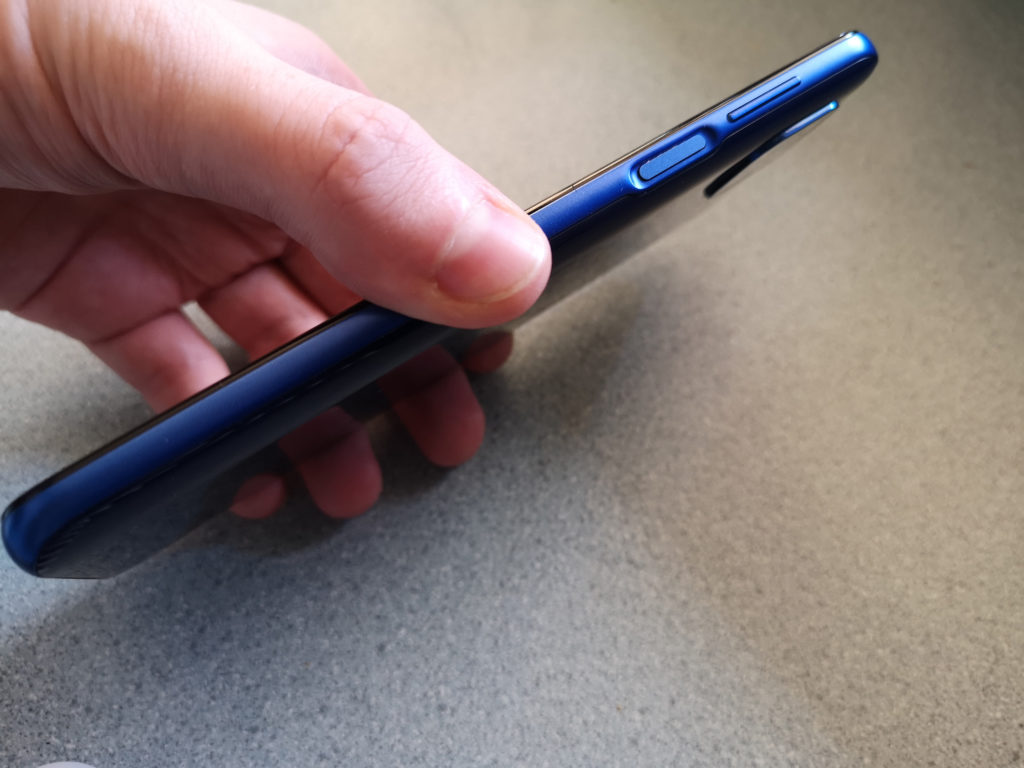
What’s the software like?
On the software side, Motorola ships the Moto G 5G Plus with Android 10, with an Android 11 update in the works. The company has also promised monthly security updates, but sadly has only committed to the one major operating system update, meaning you’d be lucky to get Android 12.
Motorola’s version of Android is fairly tolerable, without much bloat and only a few things changed here and there. I’m still using my favourite launcher on top of it, Nova Launcher, which works well on the phone.
Motorola’s gesture controls can be a little finicky, but it’s easy enough to turn them off and use only the ones you like. There’s Fast Torch, that turns on the flashlight after shaking the phone which can be a quick and easy way to see in the dark, but other gestures like twisting the phone to open the camera are a bit of a gimmick; why not just tap the camera app icon?
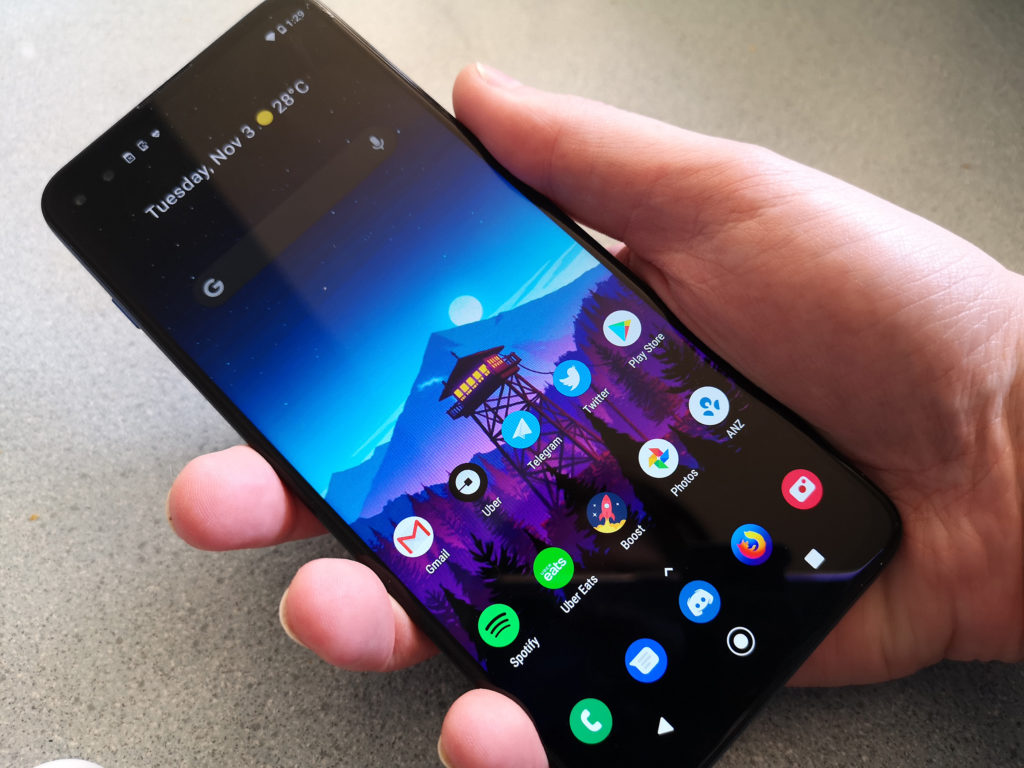
How are the cameras?
The cameras are decent, with the main star being that 48-megapixel main sensor. It uses quad-pixel binning to provide better low light performance at the expense of resolution, but images still come out at a decent size and with enough detail.
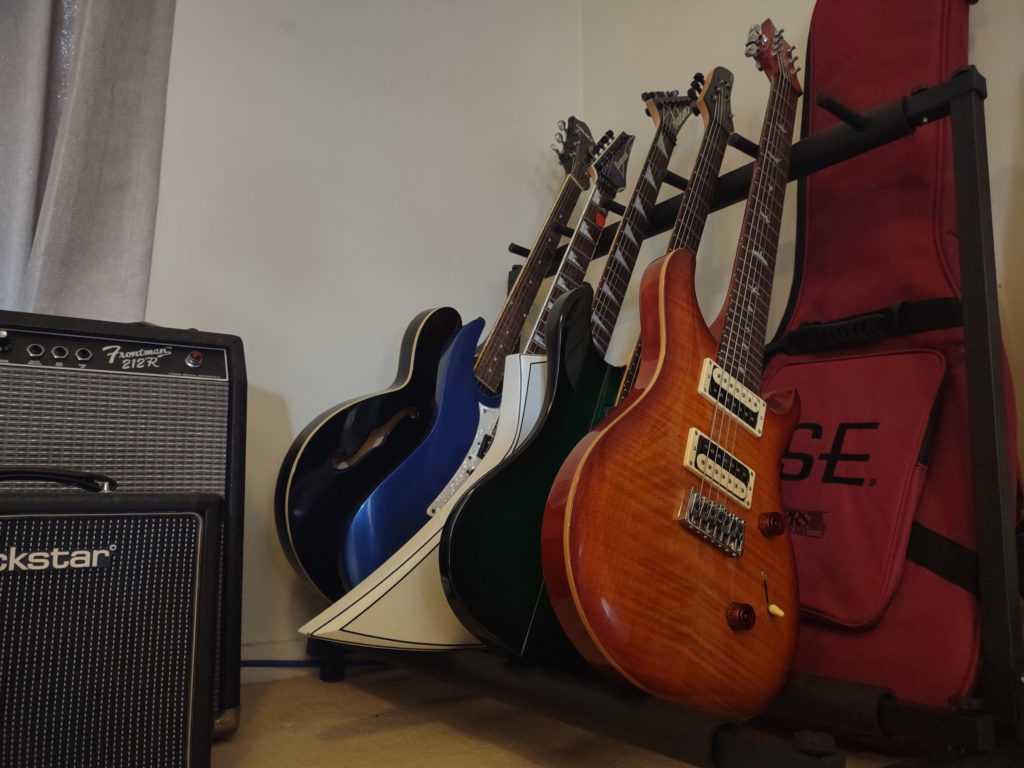
Even the main lens still struggles a little in very dark scenes, but with slightly better lighting you can get a decent image out of it. In well-lit scenes, it performs very well.



The ultrawide and macro lenses are where it begins to break down. There’s a significant drop in sensor quality with both lenses, and a lot of detail is lost; the ultrawide features an 8-megapixel lens with 118 degree field of view, while the macro lens gets 5-megapixels with a minimum focus distance of 2 centimetres. For happy snaps, the drop in quality isn’t an issue, but if you’re looking to put any serious use into these lenses, you’ll probably not be too happy with them.

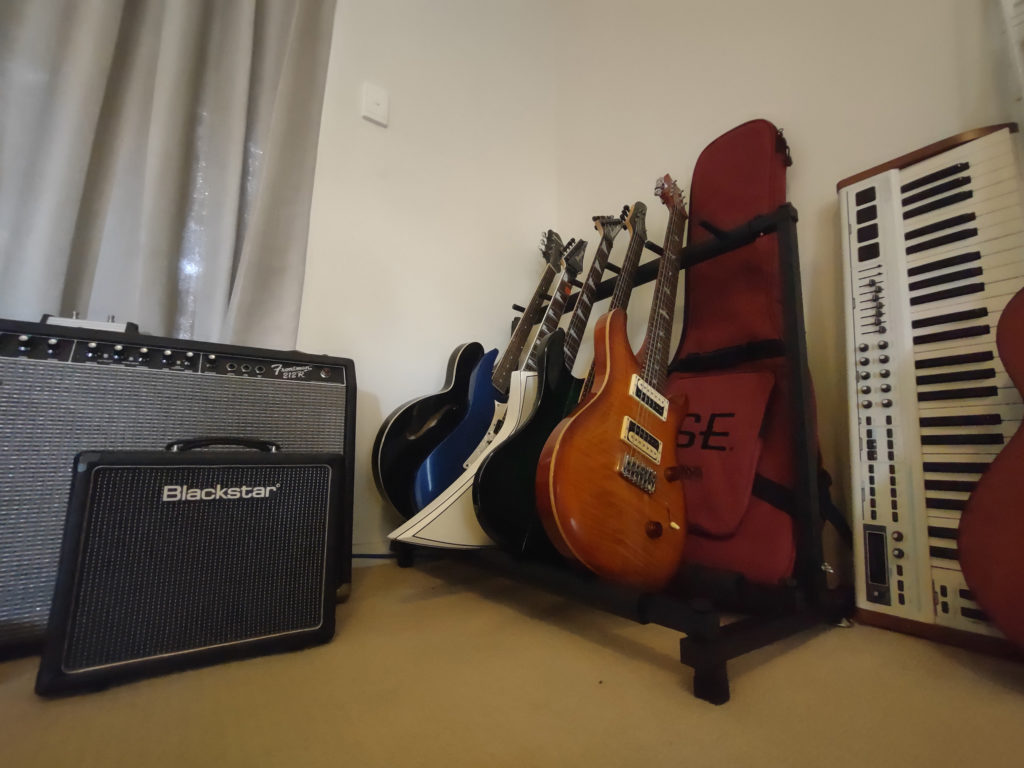

Ultrawide lenses at least have a use, for getting more people into a group shot, or capturing a wide landscape. Not so much for the macro lens, which is handily beaten at its own game by the main sensor – with better colour reproduction and detail. Comparing the two lenses directly at the same distance, there’s no contest.


The selfie cameras are great, and the ultrawide on the front is a nice touch, allowing you to get more people into a group shot while still seeing what you’re snapping.
Should I buy it?
In terms of value, the Moto G 5G Plus offers a lot. Coming in at $499, its biggest competition is the Google Pixel 4a 5G, and the Oppo RenoZ 5G, both of which are a little more expensive, and the Xiaomi Redmi Note 9 Pro, which is the same price.
It’s worth noting that currently the Moto G 5G Plus is the cheapest device you can get with 5G connectivity, but overall it seems like a very decent phone for the money. It’s got good performance, and a decent set of cameras – except for the ultrawide and macro lens – and the screen is quite nice to look at. The battery performance is also huge, comfortably lasting through a full day of use, and even with some power left the next morning.
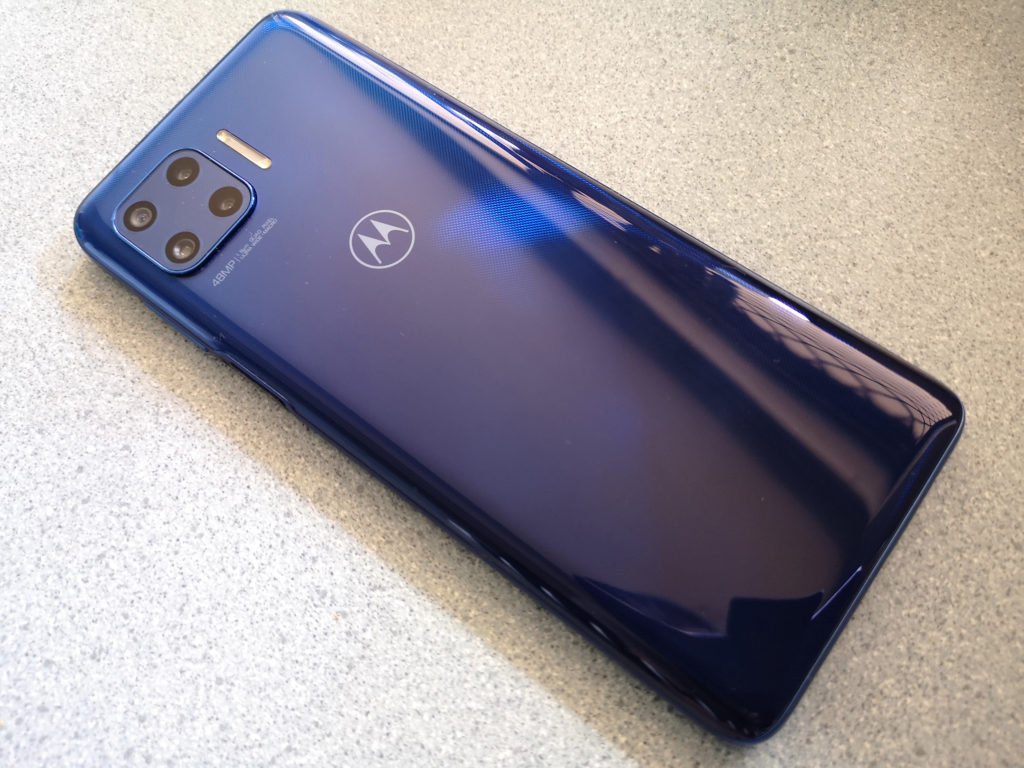
If you’re looking at this for your first 5G phone, it’s obviously the cheapest option. It should also be compatible with different 5G technology types, so it’s likely to be usable for the near future while the network rollout continues. However, the lack of continued operating system updates is a big downside if you like to keep your phones for a few years, especially when competitors are supporting their phones for two or more future Android versions.
On the other hand, if you’re not interested in 5G just yet, there’s other phones at the same price point that offer a little more than the Moto G 5G Plus, like the Pixel 4a which ought to have a much longer update tail, and the Xiaomi Redmi Note 9 Pro with a truly fantastic camera for the price.
Overall, I don’t think you can go too far wrong spending $499 on the Moto G 5G Plus. It’s a solid device with great battery life at the right price, and that’s a good mix of features to have.

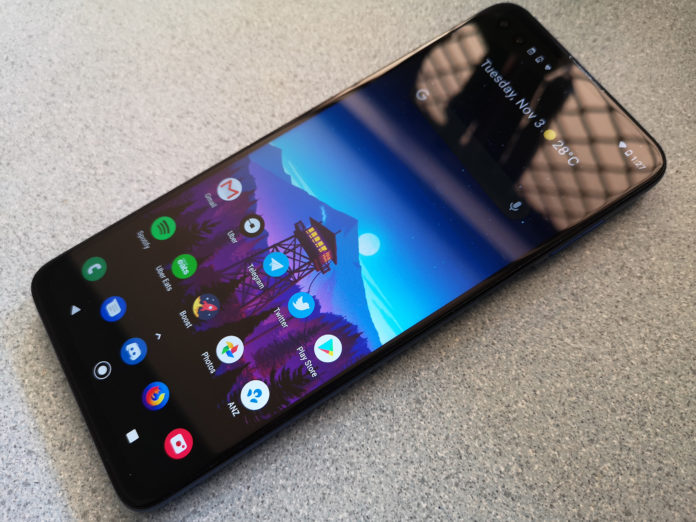



Is this phone VoLTE and VoWiFi capable??
Great review 🙂
Just a quick question to where you said “It should also be compatible with different 5G technology types, so it’s likely to be usable for the near future while the network rollout continues.”
Do you mean the fact that it supports many more Sub-6GHz bands other than N78 that will be rolled out in the future? I took “different 5G technology types” to mean mmWave etc… which this phone doesn’t support.
Cheers